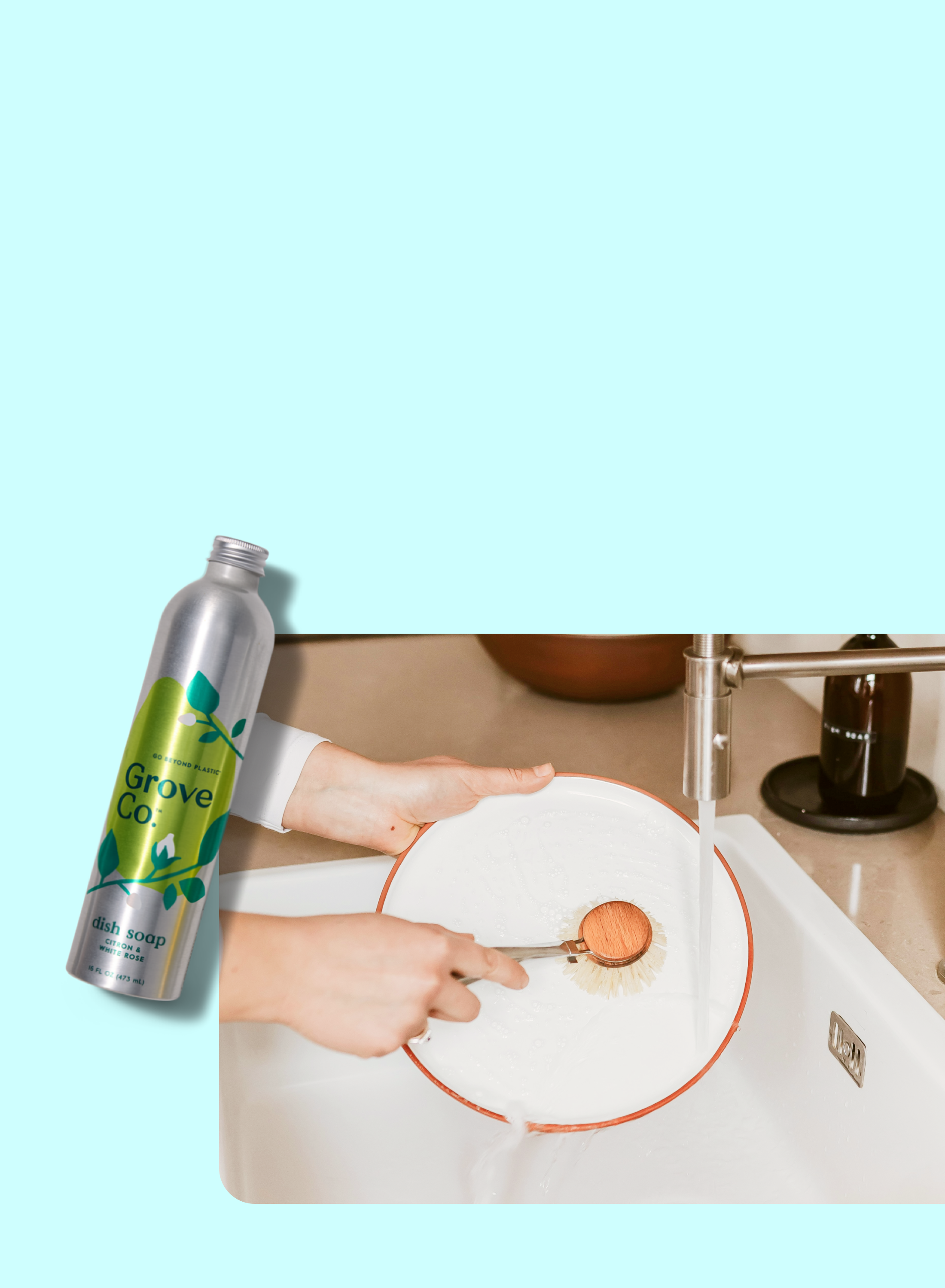Discover how switching to natural dish soap can elevate your routine — with safer ingredients and serious grease-fighting power.

Protect your health, plate by plate
Natural dish soap that does more than clean.
Switch to natural dish soap for a safer, cleaner sink
Make every pump part of your plastic-free routine
The Bottom Line
Natural dish soap is the way to go, for your dishes and your health

